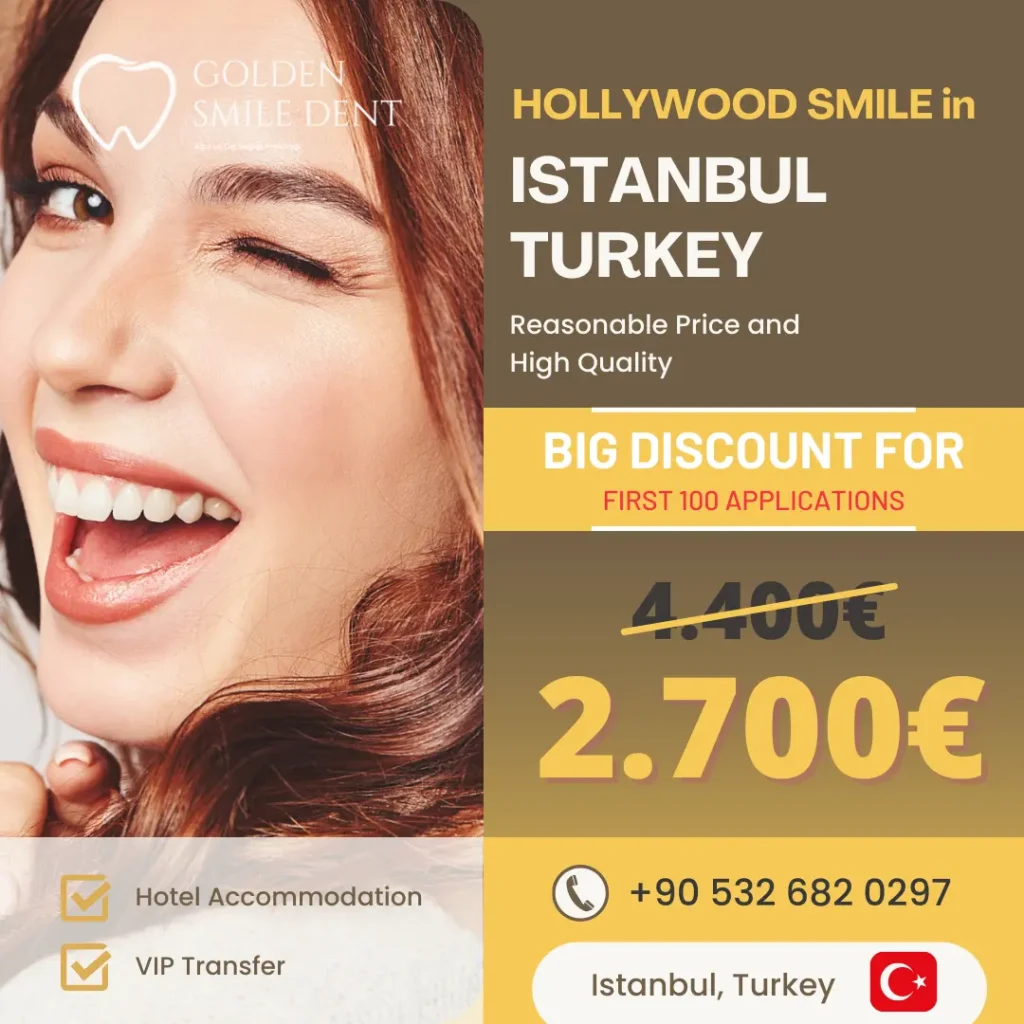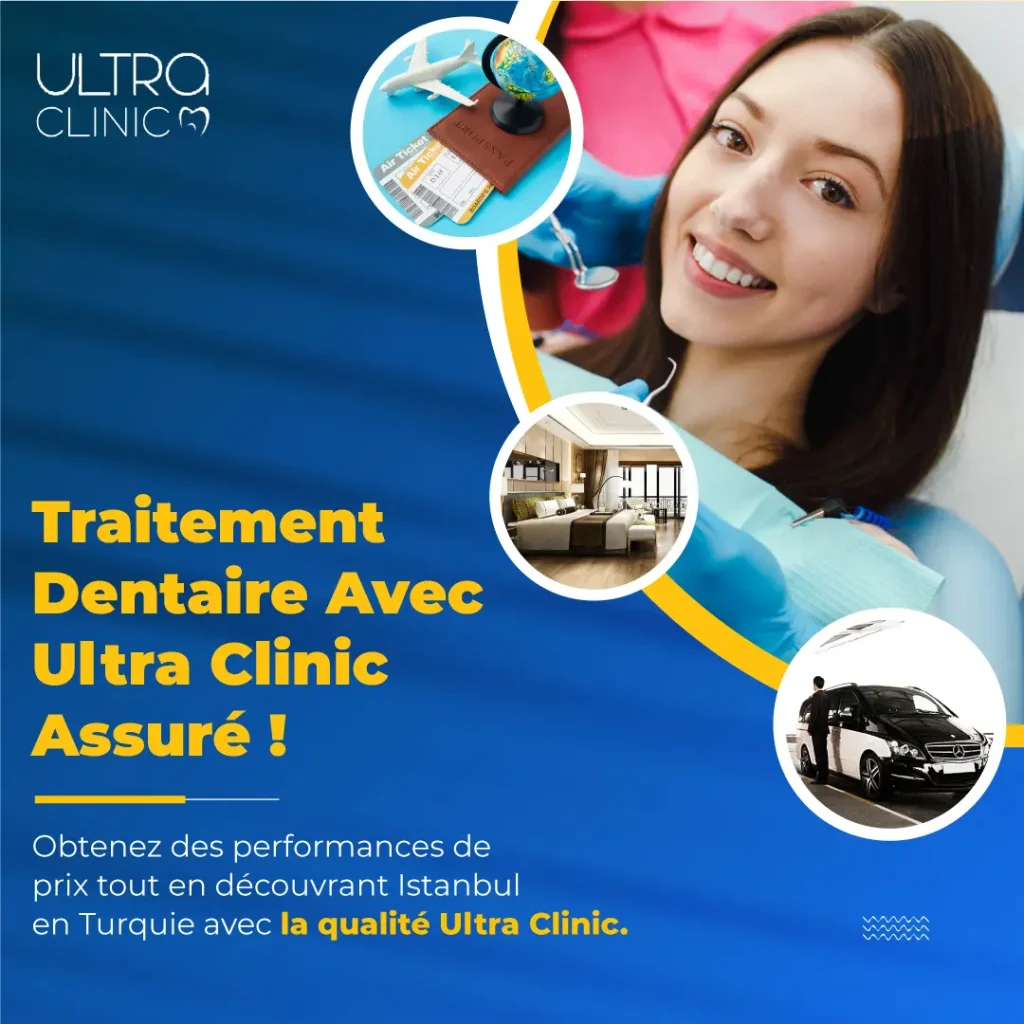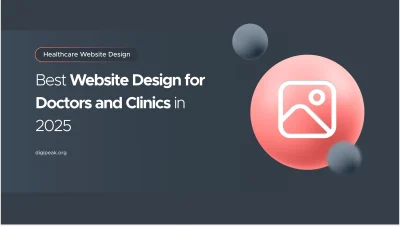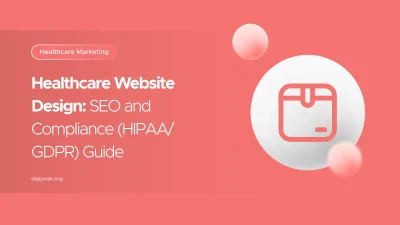
B2B Healthcare Marketing: Viable Medical Business Solutions
The healthcare sector is undergoing a profound digital transformation. For businesses operating in the B2B …
25/08/2025 -
11 dk okuma
Stay up to date with Peakers
In today’s digital-first world, healthcare providers must meet patients where they spend time online. Research shows nearly 90% of young adults trust medical content on social platforms, and over 40% use social media to choose their doctors. This means hospitals and clinics can’t ignore platforms like Facebook, Instagram, and TikTok. They’re critical for building awareness and engagement. At Digipeak, we emphasize a data-driven approach to digital healthcare marketing campaigns: defining clear goals, targeting specific patient segments, and continuously measuring performance. By planning campaigns with well-defined targets (for example, boosting brand awareness among parents or increasing flu shot sign-ups), hospitals can tailor content and ads for each group. As we will illustrate, a structured campaign cycle – from initial strategy to ongoing optimization – is key. Each step (targeting, creative development, tracking, refining) is informed by analytics and patient data, ensuring every dollar spent maximizes ROI.
At Digipeak, we follow a multi-step digital campaign process: strategic planning with patient personas, campaign execution on search/social channels, and rigorous monitoring and optimization. By using tools like CRM analytics and real-time ad tracking, we continually refine messaging and targeting. This data-driven approach means campaigns become sharper over time, allocating budget to the ads and audiences that convert best (for example, a targeted Google Ads campaign for “urgent care near me” can quickly be dialed up if it’s generating appointment bookings). Tracking key metrics – click-through rates, form submissions, calls – lets us prove ROI and show hospitals exactly how digital ads drive new patients.
Low Consultation / Appointment Rates?
Increase Bookings with a Free Funnel Review.
We’ll identify drop-off points from click to consultation and recommend fixes that actually convert. Request your free review.
Top healthcare campaigns often center on real people and personal stories. Emotional storytelling builds trust and cuts through clutter. For example, a clinic’s “Patient Stories” videos feature real patients sharing their journeys and outcomes. These genuine accounts resonated on social media, sparking empathy and trust: viewers came away feeling “if those doctors cared so much, they’ll care for me too.” Similarly, the Mayo Clinic’s “Sharing Mayo Clinic” blog invites patients and caregivers to tell their own health stories. Over time it has amassed a devoted following – readers return regularly for inspiration and education. These story-driven campaigns teach us that people relate to people. When hospitals highlight true patient experiences (via short social videos, blog posts, or even Instagram takeovers), they demonstrate compassion and credibility.
Another example is Cleveland Clinic’s famous “Empathy: The Human Connection to Patient Care” video. It follows patients, families, and staff walking through hospital corridors. The simple message – everyone has a story, and clinicians show up in those moments – earned millions of views online. The lesson: use video and imagery to humanize healthcare. Even modestly produced patient testimonial clips on Facebook or YouTube can significantly lift engagement. Data from social media confirms this: posts with emotional storytelling get far more likes, shares, and comments than dry informational ads. By tapping into authentic emotions (hope, relief, gratitude), hospitals can cut through patients’ content fatigue.
Key Takeaway: Create campaigns around patient-centric narratives. For example, run a series of short social videos of recovered patients thanking doctors, or publish blog interviews with patients who overcame an illness. These build emotional connection and trust. One Digipeak client’s storytelling campaign saw appointment inquiries jump 30% after patients saw relatable success stories from others. Always ensure the tone is empathetic and uplifting – showing “you’re not alone” is more powerful than just listing services.
Modern healthcare campaigns thrive on social platforms and viral momentum. A great example is Carilion Clinic’s “#YESMAMM” breast cancer awareness campaign. During Breast Cancer Awareness Month, they asked women to pledge “Yes” to mammograms by updating their profile pics and sharing stories with the #YESMAMM hashtag. The result: thousands of user-generated posts sharing personal motivations and screening results. This flooded Facebook and Twitter feeds with the message and drove women to a dedicated scheduling page. Even eight years later, #YESMAMM remains a memorable rallying cry, showing how a simple hashtag can create a movement.
Similarly, Arkansas Children’s Hospital’s #100DeadliestDays campaign leveraged a shocking statistic to go viral. A blog and social campaign highlighted that Memorial Day to Labor Day had the highest pediatric injury rates (the “100 deadliest days” for kids). Parents shared it widely every summer. By making the message urgent and easy to share (one hashtag and a blog link), the hospital educated families and positioned itself as an authority on child safety.
Influencer and Challenge Campaigns: Tia Clinics, a women’s health brand, even designed their clinics with social media in mind and launched influencer campaigns showcasing their patient-friendly atmosphere. UnitedHealthcare’s social “We Dare You” wellness challenge invited people to share photos doing healthy tasks for prizes – thousands participated, creating a community around the brand. The result: inspiring each other to change habits built trust and kept the campaign in feeds for weeks.
Key Takeaway: Use social media interactive campaigns to drive engagement. Choose a relevant hashtag or contest aligned with your hospital’s focus (e.g. “#StayHealthy2025” for a wellness push) and encourage patient participation. Post clear calls-to-action (“Post a selfie after your flu shot with #FluFree2025 to win free swag!”). Partnering with local influencers (like healthcare professionals or patient advocates) can amplify reach. And remember to respond to comments and questions – a lively conversation builds community. At Digipeak we’ve seen hospitals increase social engagement by over 50% when campaigns invite user participation vs. passive ads.
Some of the most impactful campaigns educate rather than sell. For example, the UK NHS’s “Stay Home, Save Lives” video campaign during COVID didn’t talk about services at all – it directly told viewers how their actions protect the community. Its straightforward message and emotional imagery led to massive shares. Another case: Pfizer’s “Science Will Win” campaign during the pandemic simply reassured people with science-backed hope.
Hospitals and clinics can borrow this approach by offering free value. A clinic might run a “Five Tips” video series on managing diabetes or a live Q&A on social media with specialists answering patient questions. Digipeak data shows that informational content (how-to videos, infographics on prevention, expert Q&As) boosts patient trust and encourages sharing. For instance, a client clinic’s Facebook live event on flu prevention reached 10× more people than a standard appointment ad, because the audience saw it as helpful, not promotional.
Key Takeaway: Build campaigns around education and empowerment. Use your ads to solve problems: “Watch this 2-minute video to prevent sprained ankles in runners,” or “Download our free guide on skin cancer prevention.” Community-focused messages (caring for loved ones, protecting the vulnerable) resonate deeply in healthcare. Remember, even an ad can teach – include quick health tips in your visuals and captions. This positions the hospital as a trusted advisor and not just a business, which in turn attracts patients organically.
Large organizations often run brand campaigns that highlight values and capabilities. The American Hospital Association’s recent “Always Ready to Care” campaign (January 2025) is a great example. It featured hospitals staffed around the clock, conveying “we’re here 24/7 for you.” Though it ran on TV and billboards, it also had digital ads and social posts repeating this promise. Clinics can adapt this lesson on a smaller scale: routinely emphasize reliability, compassion, and innovation in ads. Simple taglines like “here when you need us” or brief montages of doctors at work can reinforce a clinic’s commitment.
The key is credibility. Showcase real team members or your actual facilities. For instance, a quick Instagram ad might show a radiologist explaining how your imaging center uses the latest tech, or a nurse introducing your friendly front-desk staff. Digipeak’s experience is that behind-the-scenes videos of staff in clean, modern settings reassure patients. These humanize the brand. Data Privacy reassurance is also part of trust – a reminder that all online inquiries are secure (and HIPAA-compliant) can be woven into digital campaigns for sensitive services.
Key Takeaway: Use ads to build trust through authenticity. Highlight your hospital’s or clinic’s strengths (24/7 emergency care, state-of-the-art equipment, board-certified specialists) with confident, honest messaging. Even if the campaign is digital-only, use high-quality photos of your facility and staff. Collect and advertise your best statistics (e.g. patient satisfaction scores or survival rates) to back up claims. Patients choose providers they trust; a consistent, values-driven message on your digital channels reinforces that trust.
Different campaigns call for different platforms. Facebook and Instagram remain essential for local clinics targeting adults. TikTok and YouTube may be ideal for reaching younger patients or for explainer videos. For example, some hospitals have found success on TikTok by posting short tours of departments or answering trending health questions in an informal style. Paid search (Google Ads) is also powerful for capturing “bottom-of-funnel” traffic – people actively searching “urgent care near me” or “knee pain specialists.” We often run campaigns geo-targeted to neighborhoods for local clinics, since someone clicking “near me” is usually ready to book.
Data and testing guide these choices. We analyze performance per platform daily: if Facebook leads (e.g. appointment form fills) double on certain creative, we increase budget there. Retargeting ads on social remind site visitors to book. For clinics offering telehealth, we run ads specifically on mobile with “Video consult now” buttons – one Digipeak client got 3x more telehealth sign-ups by adding mobile-first creative.
Key Takeaway: Choose your mix of digital channels based on where your patients are. Track metrics like cost per acquisition on each network. Often the best-performing campaigns are omnichannel: a Google search ad funnels to a site, followed by a Facebook remarketing ad to capture sign-ups, or vice versa. Embrace technology like chat widgets or appointment-booking tools to reduce friction. And don’t forget email and SMS – automated reminders and health tips via these channels complement your advertising and keep patients engaged.
Finally, the hallmark of top-performing campaigns is continuous improvement. Digital ads allow real-time tracking of clicks, forms, calls and even which ads led to visits or bookings. We establish clear KPIs (appointments booked, web leads, calls) from the outset. Each week, we review the data: Which ads had the highest click-to-conversion rate? Which audiences were most responsive? We then pause or tweak low-performers and reallocate budget to winners.
For instance, in one oncology clinic campaign, a Facebook video about patient testimonials initially generated 80% of the clicks but only half the conversions compared to a Google text ad. By monitoring in Digipeak’s dashboards, we realized the video engaged many viewers but our practice also needed more search traffic. So we shifted funds to the Google campaign, doubling our patient inquiries within a month. This kind of data-driven pivot is only possible with digital media.
Key Takeaway: Don’t “set and forget” your ads. The best campaigns use A/B testing (trying two headlines or images) and refine based on real-world results. Always tie ads to measurable outcomes (like a tracked phone line or website form). Make use of analytics and CRM integration: for example, track how many web visitors end up booked as actual patients (using appointment system data). Over time, this data will show exactly what messaging and placement works for your practice.
By combining creative, patient-centered storytelling with precise digital targeting and rigorous measurement, hospitals and clinics can run healthcare ad campaigns that not only capture attention but also drive real patient growth. At Digipeak, our experience has shown that these lessons – drawn from top campaigns worldwide – can transform a medical practice’s outreach. Embrace these strategies on your Facebook, Google, and other digital channels, and you’ll likely see higher engagement, more appointments, and stronger patient loyalty in the long run.





Get an Offer


Join Us So You Don't
Miss Out on Digital Marketing News!
Join the Digipeak Newsletter.
Related Posts

The healthcare sector is undergoing a profound digital transformation. For businesses operating in the B2B …

As more patients turn to Google and smartphones for health information, a clinic’s website design …

Healthcare websites serve as a digital marketing front door for practices and hospitals, so they …

today’s competitive dental industry, a polished, optimized website is the cornerstone of attracting new patients. …